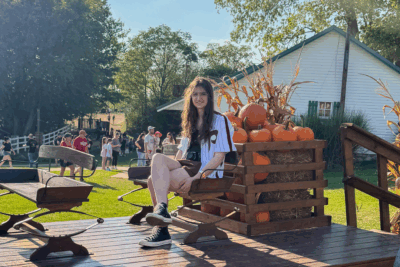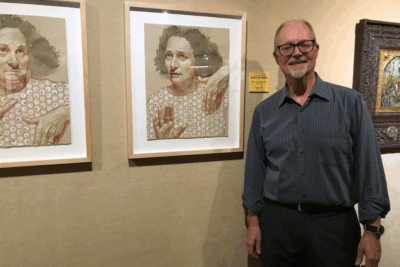On Friday, Feb. 14, students gathered in Newcomer 19 for a workshop titled “Cupid’s Chokehold: The Realities of Sexual Asphyxiation.” Hosted by Leah Kurz, a member of the Family Justice Center of St. Joseph County, the meeting aimed to educate students on the risks associated with the topic.
Emily Hahn, program director of interpersonal violence prevention, education and advocacy, was the event organizer. She spoke about the importance of bringing such discussions to the college’s environment. “It’s so important for the general safety standpoint, there’s so much not known about this topic and it’s important that our students are informed about the risks and how it impacts their choices,” she said.One of the main takeaways from the morning was Kurz’s explanation on the difference between strangulation, choking and suffocation. She mentioned that strangulation occurs when pressure is applied to the outside of the neck, usually using a body part to cut off the oxygen. Choking refers to an internal blockage of airway with an object while suffocation is obstructing oxygen from getting into the lungs.
The workshop also addressed the rise of sexual strangulation, often referred to as “choking” during intimacy. Kurz mentions how social media plays a crucial role in raising dangerous statistics. “There’s been an increased use of hashtags and social media, there’s memes … it tends to be viewed as more positive than risky.”
“There’s a study that shows there’s an estimated number between 250 and 1,000 deaths per year in the United States [attributed to sexual strangulation] … it wasn’t somebody intentionally strangling somebody to death, it was situations where they didn’t realize the amount of pressure or the length of time,” she said.
In the presentation, Kurz also began a discussion concerning the process of identifying an abusive partner and their red flags. She began by explaining the term “intimate partner violence,” which could be defined as “A behavior that can create a pattern in any relationship that’s used to gain or maintain power and control over an intimate partner.”
Following that, Kurz highlighted how differently intimate partner violence can be manifested in relationships. “That abuse can be physical, it can be sexual, emotional, economic, psychological. It can also include actions or threats that influence the other person … behaviors that will frighten you, intimidate you, terrorize you, manipulate you or even injure,” she said.
She went on to add how everyone is equally exposed to dysfunctional partners. “It happens to anyone of any race, age, sexual orientation, religion and gender. It occurs within couples that are married, living together, not living together, dating, having children together … Just because somebody lives in the fanciest neighborhood doesn’t mean there isn’t a domestic situation occurring and vice versa,” said Kurz.
However, she points out a noticeable pattern when it comes to the gender of the individuals in question. “Much of the resources available and much of the research is centered around intimate partner violence in which the male is the perpetrator and the female is the victim. In crimes that are reported, the man is the perpetrator in about 86% to 97% of criminal assaults,” she said.
Kurz highlighted another study done in 2021, conducted among 5,000 randomly sampled undergraduate students at a major U.S. university. The study found that 43% of participants had strangled a partner during a sexual encounter, while 47% had experienced strangulation by a partner themselves.
Because of those numbers, she mentioned the importance of setting limits with romantic partners. “It’s really important to talk about boundaries and consent each time. Just because your consent was given during sex once, doesn’t seem that that’s okay every single time … having that explicit conversation about consent beforehand is crucial.”
Looking ahead, Hahn envisions more events to be held in partnership with Prevention Intervention Network. “We already talked about ways we can incorporate this into the curriculum presented to our first-year students every fall … This is our first workshop and we are figuring out ways to present more of them so students, faculty and staff can learn more about this topic. We want our entire community to have more information to dispel these myths around it.”



